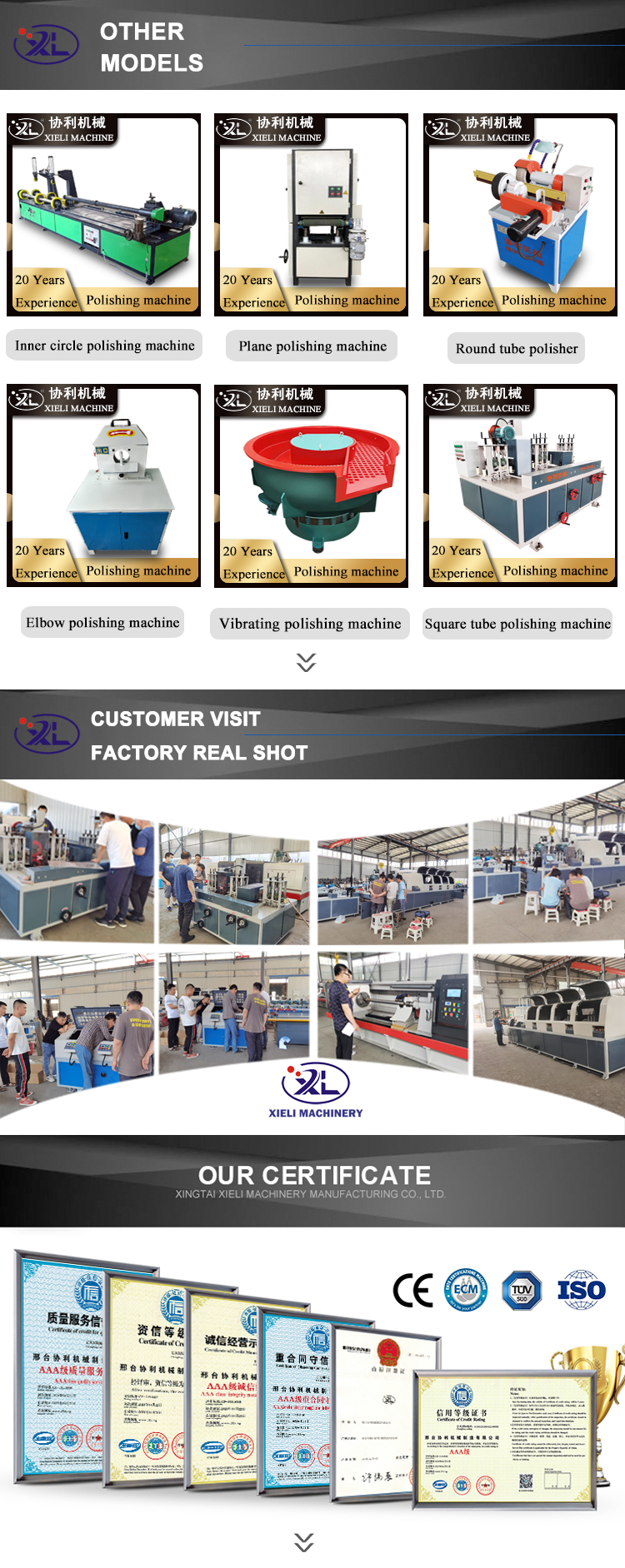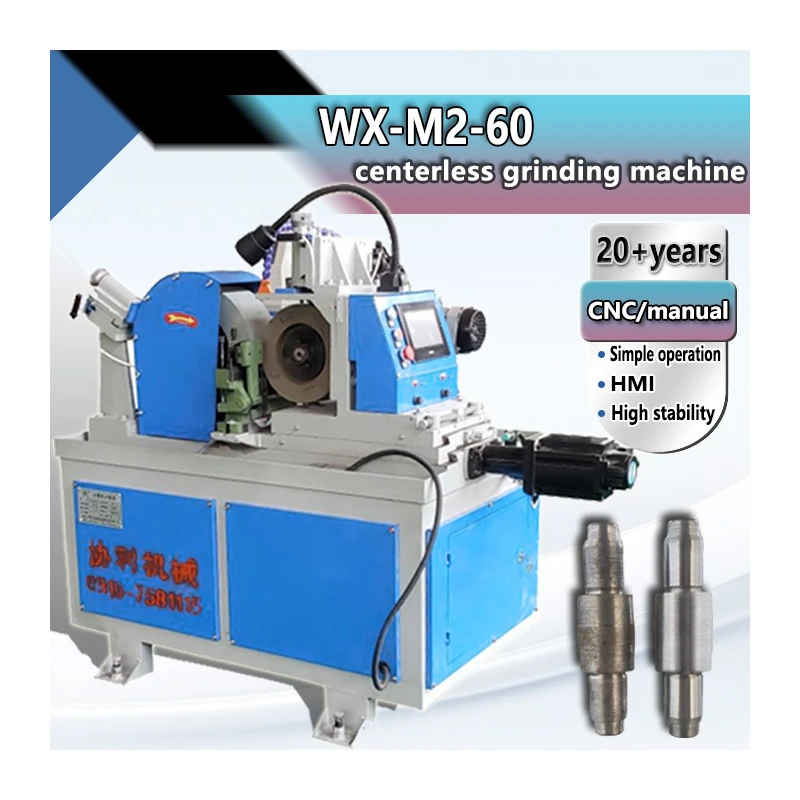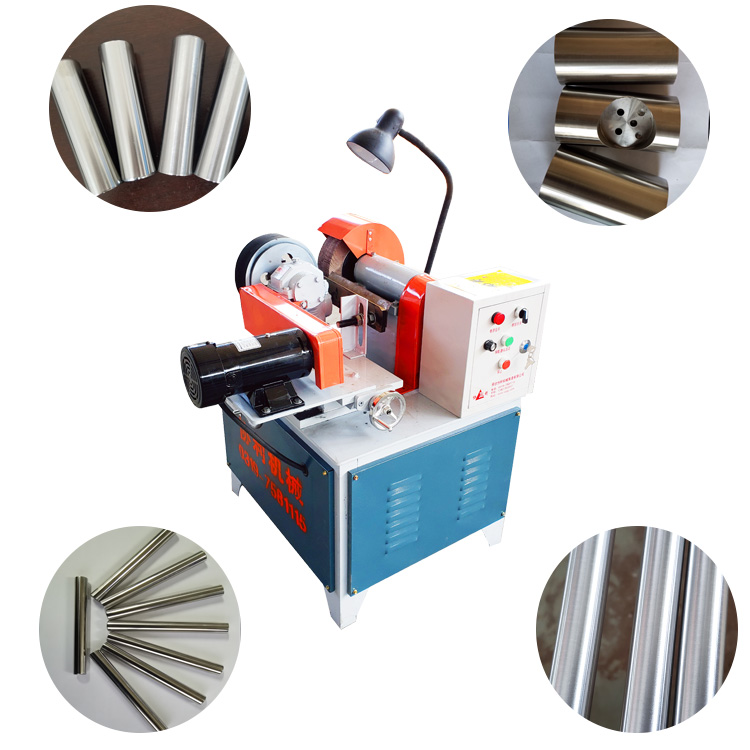Automation in China’s Centerless Grinder Industry
The advancements in automation technology have profoundly impacted various manufacturing sectors, and the centerless grinding industry in China is no exception. As one of the key processes in manufacturing precision parts, centerless grinding plays a pivotal role in industries ranging from automotive to aerospace. The drive toward automation in this domain is not merely a trend; it is a necessity that enhances productivity, accuracy, and competitiveness.
Understanding Centerless Grinding
Centerless grinding is a technique that allows for the efficient machining of cylindrical parts. Unlike traditional grinding methods that require the workpiece to be held between centers or chucks, centerless grinding uses a system of rollers that keep the part in place while it is being ground. This method offers significant advantages, including the ability to grind parts with complex geometries, high volume production, and reduced cycle times.
The Rise of Automation
In recent years, China has experienced an explosion in automation technologies, driven by the need to remain competitive in a global market. Manufacturers are increasingly adopting automated solutions to streamline their operations, enhance product quality, and minimize labor costs. Automated centerless grinders represent a critical development in this evolution.
With the integration of Computer Numerical Control (CNC) systems, manufacturers can now program precise machining operations, monitor equipment performance in real-time, and make quick adjustments to ensure optimal results. This level of control enhances the consistency and repeatability of the grinding process, which is essential in meeting the strict tolerances required in high-precision industries.
Benefits of Automation in Centerless Grinding
1. Increased Efficiency Automated systems can operate continuously without the need for breaks or manual intervention. This leads to higher throughput, as machines can run unattended during off-peak hours. In an industry that often relies on batch production, the ability to maintain constant operation is a game changer.
2. Enhanced Precision Automation minimizes human error, which is particularly important in centerless grinding where precision is paramount. CNC-controlled grinders can achieve tighter tolerances and better surface finishes than their manually operated counterparts.
3. Data Collection and Analysis Modern automated grinding machines are equipped with sensors and data collection tools that provide valuable insights into the machining process. By analyzing this data, manufacturers can identify inefficiencies, predict maintenance needs, and optimize operations for better performance.
china centerless grinder automation

4. Labor Savings Automation reduces the dependency on manual labor, which can be both costly and inconsistent. This shift not only cuts labor costs but also allows skilled workers to focus on more complex and value-adding tasks rather than routine machine operation.
5. Flexibility and Customization Many modern automated centerless grinders allow for quick reconfiguration and setup for different parts. This adaptability is crucial for manufacturers who need to respond promptly to changing customer demands or produce a wider variety of products.
Challenges and Considerations
While the benefits of automation in centerless grinding are significant, the transition is not without challenges. Many companies face the initial costs of implementing advanced machinery and systems. Additionally, there is a need for skilled workers who can operate and maintain these automated machines.
Training programs and collaborations with technical schools can help bridge the skills gap. Manufacturers must also carefully consider the integration of automation with existing processes and how it aligns with their long-term strategic goals.
Future Trends
The future of automation in China’s centerless grinding industry looks promising. Trends such as integrating Artificial Intelligence (AI) and machine learning are emerging, where systems can learn from past performance and adjust parameters dynamically to optimize the grinding process further.
Moreover, the push towards Industry 4.0 emphasizes connectivity between machines, enabling companies to develop smart factories with seamless communication between various processes.
Conclusion
In summary, the adoption of automation in China’s centerless grinder industry is reshaping the landscape of manufacturing. With increased efficiency, enhanced precision, and the ability to adapt to market demands, automated centerless grinding is becoming a cornerstone of modern manufacturing practices. As technology continues to evolve, it is crucial for manufacturers to embrace these changes to stay competitive in an ever-changing global market. The future is bright for those who leverage automation’s full potential, marking a new era in precision manufacturing.









